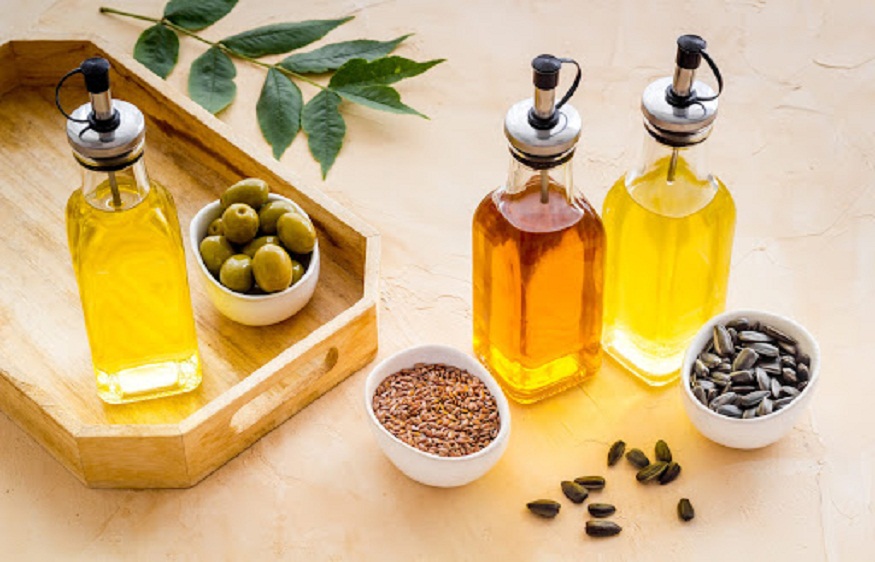
Indian cooking is rich in flavour and tradition, but it often employs high-heat methods like frying and sautéing, which necessitate the use of the right type of oil. Choosing the right oil isn’t just about taste. It also affects heart health. Many cardiologists highlight the role of dietary fats in managing cholesterol, reducing inflammation, and lowering the risk of heart disease.
If you’re wondering which edible oil is good for health, especially for Indian cooking, the answer lies in oils that balance nutrition with heat stability. The best part is you don’t need to give up your favourite meals. Just switch to a heart-healthy oil instead.
1. Mustard Oil
Mustard oil has long been a staple in many Indian households, especially in the eastern and northern regions. It contains a high amount of monounsaturated fats (MUFAs) and omega-3 fatty acids, both of which are known to support heart health. Its natural pungency adds both depth to traditional dishes and has antimicrobial properties. Many doctors recommend cold-pressed mustard oil over refined versions, as it retains more nutrients and is less processed.
Note: In some countries, mustard oil is labelled “for external use only” due to its erucic acid content. However, it is widely consumed in India, and current research suggests moderate intake is safe for most people.
2. Groundnut (Peanut) Oil
Groundnut oil is another popular choice for Indian cooking due to its high smoke point, making it an ideal option for deep-frying. It is rich in monounsaturated fats, which help reduce LDL (bad) cholesterol without affecting HDL (good) cholesterol. Groundnut oil also contains resveratrol, an antioxidant that may support cardiovascular health. It’s a great alternative to oils high in saturated fats, especially when preparing traditional fried items.
3. Rice Bran Oil
Extracted from the outer layer of rice grains, rice bran oil is increasingly recommended by cardiologists for its balance of polyunsaturated and monounsaturated fats. It contains oryzanol, a unique antioxidant compound shown to lower cholesterol and improve lipid profiles. With a neutral taste and high smoke point, rice bran oil is suitable for a variety of Indian cooking techniques.
4. Olive Oil (Extra Light for Cooking)
While extra virgin olive oil is excellent for salads and low-heat dishes, it isn’t ideal for high-temperature Indian cooking. Instead, many experts suggest using extra light olive oil, which is more refined and stable at higher heat. It retains many of the same heart-healthy benefits, being rich in monounsaturated fats and antioxidants like polyphenols that help reduce inflammation.
Although the olive oil price in India is slightly higher, and it is not traditionally used in Indian cuisine, it’s gaining popularity in modern kitchens among those looking to make healthier choices in their everyday meals.
5. Sesame Oil (Gingelly Oil)
Used in South Indian and some East Asian cuisines, sesame oil is a nutrient-rich option packed with antioxidants like sesamol and sesamin. It has a favourable ratio of polyunsaturated to saturated fats and may help reduce blood pressure and cholesterol levels when used in moderation. Toasted sesame oil is more flavourful and best used in smaller amounts, while cold-pressed sesame oil is suitable for general cooking.
Final Thoughts
Switching to heart-healthy oils doesn’t mean compromising on flavour or tradition. Many cardiologists recommend rotating between different oils to maximise nutrient benefits while keeping your heart in mind. Pairing the right oil with a balanced diet, regular exercise, and other healthy lifestyle choices can make a meaningful difference in long-term heart health.



